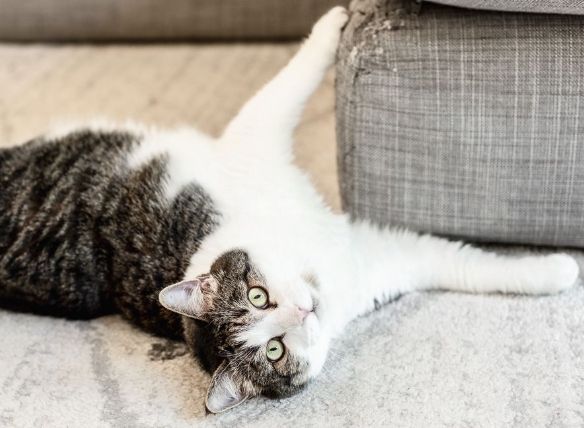Cats are known for being independent and sometimes unpredictable creatures. While they can make great pets, they can also exhibit bad behavior that can be frustrating for their owners. If you find yourself in this situation, don’t worry – there are steps you can take to correct your cat’s bad behavior and help break the cycle.
Identify the Root Cause
The first step in correcting your cat’s bad behavior is to identify the root cause. Is your cat acting out due to boredom, stress, or a medical issue? By pinpointing the underlying cause of the behavior, you can address it directly and work towards a solution.
Provide Mental and Physical Stimulation
Cats are intelligent animals that need both mental and physical stimulation to keep them happy and healthy. Provide your cat with toys, scratching posts, and interactive playtime to help keep them engaged and prevent them from acting out.
Establish a Routine
Cats thrive on routine, so it’s important to establish a consistent schedule for feeding, playtime, and rest. By sticking to a routine, you can help your cat feel more secure and less likely to exhibit bad behavior.
Use Positive Reinforcement
When correcting your cat’s bad behavior, it’s important to use positive reinforcement rather than punishment. Reward your cat for good behavior with treats, praise, and affection to encourage them to continue behaving well.
Seek Professional Help
If your cat’s bad behavior persists despite your best efforts, it may be time to seek professional help. A veterinarian or animal behaviorist can help identify any underlying issues and provide guidance on how to correct the behavior effectively.
Be Patient and Persistent
Breaking the cycle of bad behavior in your cat requires patience and persistence. It may take time for your cat to unlearn old habits and adopt new ones, so be consistent in your efforts and remain positive throughout the process.
In conclusion, correcting your cat’s bad behavior is possible with the right approach and commitment. By identifying the root cause, providing stimulation, establishing a routine, using positive reinforcement, seeking professional help, and being patient and persistent, you can help your cat become a well-behaved and happy pet.

